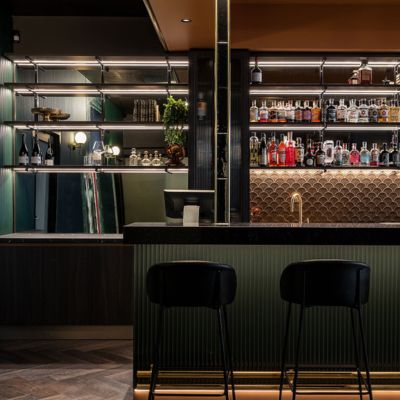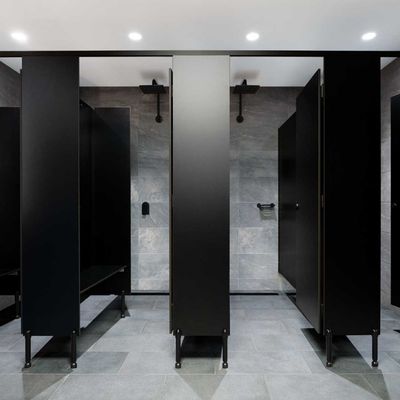Which single colour group is continuing to influence most solid colours and patterns?
Grey is the key influence in the majority of surface finish solid colours and patterns.
In everything we do at polytec, we have a grey undertone to ensure all products connect - not compete. Grey is here for the long haul as a staple in our palette that underpins most schemes.
White is still significant. However, grey is the most significant in its influence of all other decorative finish colours - and can be seen across the board in solids, timbers, stones, through to metallics. One example is polytec's new Blossom White - which has a slightly grey tinge - that helps it connect with other products such as Caesarstone White.
In solids, a wider spectrum of grey is present - from mid-tone taupe greys through to mid-light cool greys, dark charcoal and near blue-black.
Why grey rocks
Grey makes it easier to mix and match products within the polytec range as well as products in other categories such as flooring, carpets and tiles. The addition of grey in a colour removes the 'starkness' of a colour. Grey helps to soften and make a colour feel more grounded or blended with other elements in a space.
Black Matt
Demand for black matt is massive, especially for low-fingerprint products such as VENETTE Black.
Mid-tone Warmth
A natural yellow-based timber oak helps to bring warmth and colour balance to a scheme that's predominantly white, grey or black.
New Colour
After three years in development, we're proud to add Oxford, a stunning new navy for the VENETTE range.

Accessorising with Metallics
One micro interior design trend now seen within larger macro trends is the specification of metallic elements within a scheme. polytec metallic accents ranging from bronze, gold, copper, rose gold through to platinum - are appearing alongside our core range of solid, timber and stone products.
Chameleon Effect
Many polytec products provide a 'chameleon effect' - allowing a colour to take on a different appearance or overall effect - depending on what other colours it's specified with. For example, a patterned product will take on a different look when it appears alongside a cool grey or a warm grey.
Colour Blocking
We're moving on from a past trend of specifying horizontal surfaces in one colour and vertical surfaces in another. On the increase is the use of colour blocking - specifying horizontal and vertical surfaces in a single colour.
Bio: About Marylou Cafaro (formerly Paino)
Marylou Cafaro is a leading trend forecaster, interior designer and building industry authority with more than 30 years experience consulting to innovative Australian manufacturers, suppliers, builders and retailers. She specialises in colour and product design through the analysis and interpretation of key market trends and consumer preferences.
As Lead Designer of polytec’s Product Development Team, Marylou has been instrumental in the rollout of RAVINE, LEGATO, MATERA, WOODMATT, VENETTE and updating the core colour range.
Marylou’s expertise in forecasting future directions is reflected in her interior design projects enabling her to create dynamic retail, exhibition and residential interiors - ensuring product development is design-led and in tune with market needs.
An avid traveller to international trade fairs, Marylou is also Principal of colour + material design (cmdesign) and co-author of Trendjournal, Journey through Eurocucina 2008.
Images courtesy of Rawson Homes






